
Top 10 Most Famous Architects - The Greatest Master Builders in Human History
The 10 most famous architects in the world have created stunningly beautiful buildings and structures in various corners of our planet. These architects have forever changed the appearance of many cities, and their creations are rightly considered masterpieces of the visual arts. They relentlessly pursued success throughout their lives, constantly generated new ideas, and brought them to life in grand projects.
The 10 most famous architects are:
- Andrea Palladio (1508-1580).
- Bartolomeo Francesco Rastrelli (1697-1771).
- Charles Garnier (1825-1898).
- Antonio Gaudí (1852-1926).
- Frank Lloyd Wright (1867-1959).
- Ludwig Mies van der Rohe (1886-1969).
- Norman Foster (born 1935).
- Toyo Ito (born 1941).
- Zaha Mohammad Hadid (1950-2016).
- Santiago Calatrava (born 1951).
Andrea Palladio
The great Italian master of the Late Renaissance is rightfully considered the founder of European classical architecture. His name even gave rise to a distinct architectural style called "Palladianism," which absorbed the best traditions of antiquity.
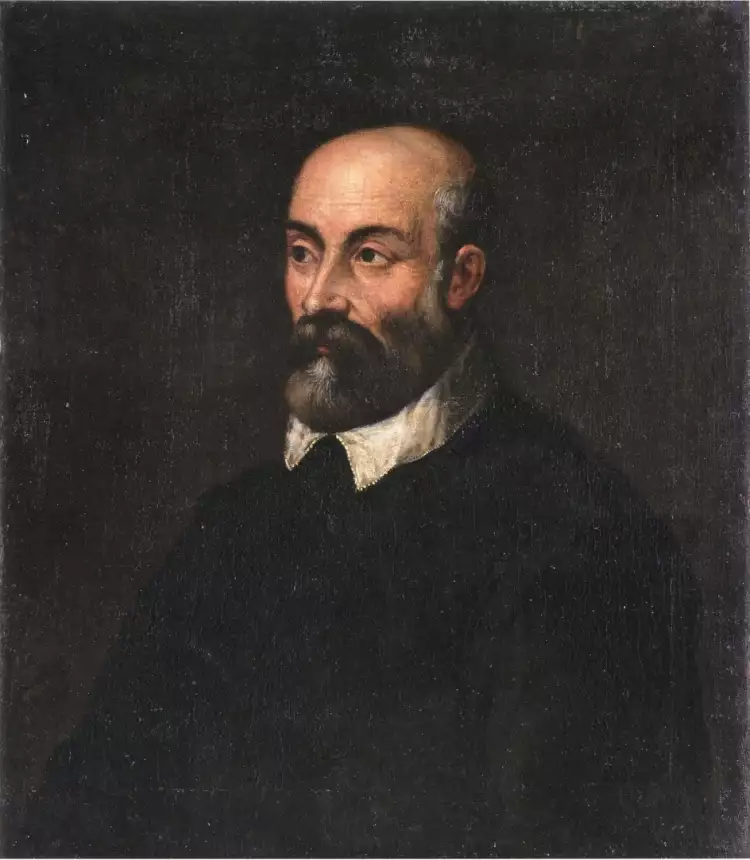 The 10 most famous architects. Alessandro Maganza. Portrait of Andrea Palladio, early 17th century
The 10 most famous architects. Alessandro Maganza. Portrait of Andrea Palladio, early 17th century
Andrea Palladio became famous for his creation of palatial buildings and private villas reminiscent of ancient Roman temples. He also authored a comprehensive scientific work titled "The Four Books of Architecture" with numerous illustrations, in which he detailed the fundamental principles of classicism and baroque styles in architecture.
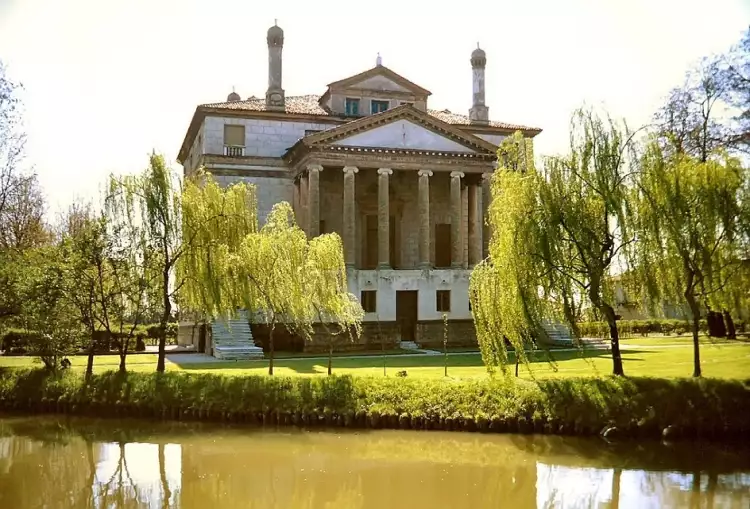 The 10 most famous architects. Andrea Palladio. Villa Foscari, 1558
The 10 most famous architects. Andrea Palladio. Villa Foscari, 1558
Bartolomeo Francesco Rastrelli
This renowned master, by origin Italian, spent most of his life in St. Petersburg. He arrived in Russia as an 18-year-old with his father upon the invitation of Peter the Great and was engaged in building lavish palaces and churches in the style of Elizabethan Baroque for nearly 50 years.
Among the many unique masterpieces created by his genius, two magnificent palaces stand out - the Catherine Palace in Tsarskoye Selo and the Winter Palace in St. Petersburg. Rastrelli skillfully combined Russian motifs with Western European architectural traditions in his works, and his name is associated with the opulent architectural ornamentation of the northern capital for most Russians.
Charles Garnier
A native Parisian, Garnier won a competition for the best design of the capital's opera house at the age of 35 and skillfully seized the opportunity fate had provided. The magnificent building he designed is respectfully referred to by the residents of the French capital as the Opera Garnier, and it is considered a prime example of the Beaux-Arts style of the mid-19th century.
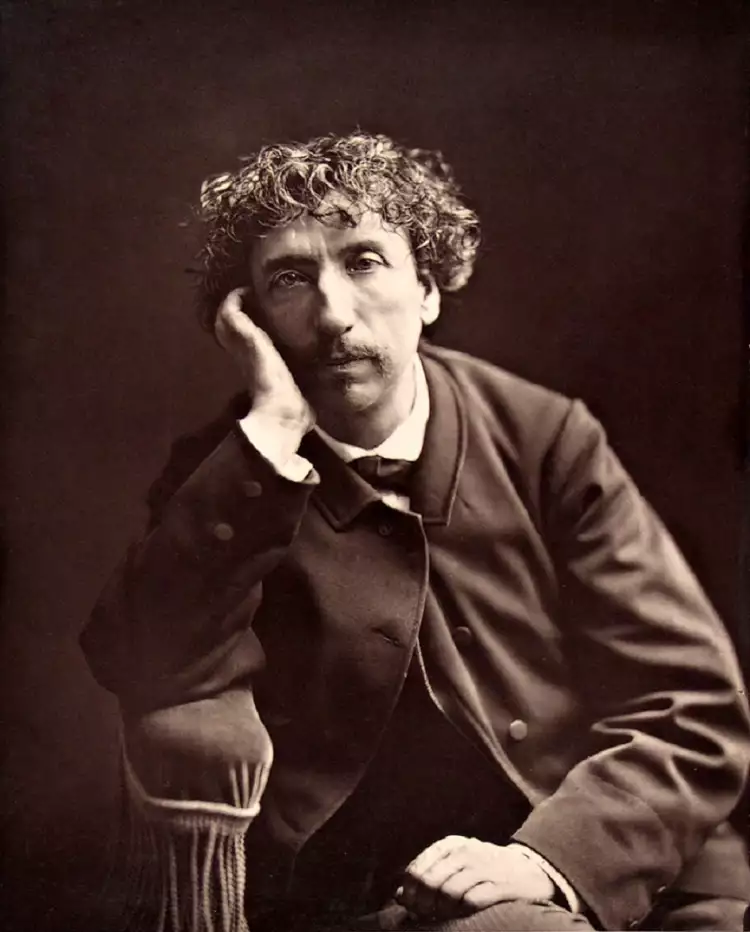 The 10 most famous architects. Antoine Samuel Adam-Salomon. Portrait of Charles Garnier, 1870
The 10 most famous architects. Antoine Samuel Adam-Salomon. Portrait of Charles Garnier, 1870
Throughout his life, Garnier wrote numerous articles on architectural art and a dedicated book entirely focused on the construction of theaters. He was the first to use metal beams in the construction of large buildings, which were known for their excellent strength and fire resistance.
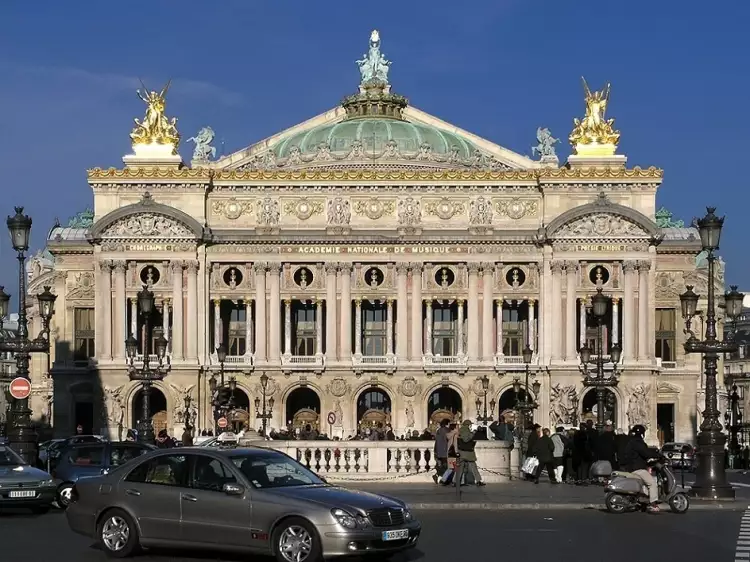 The 10 most famous architects. Charles Garnier. Paris Opera House, 1862
The 10 most famous architects. Charles Garnier. Paris Opera House, 1862
Antonio Gaudí
The name of this brilliant Spaniard is well-known to anyone who has ever visited Barcelona. Thanks to Gaudí's masterpieces, the capital of Catalonia permanently transformed its architectural appearance. Unique structures with intricate organic forms annually attract millions of tourists from around the world to the city.
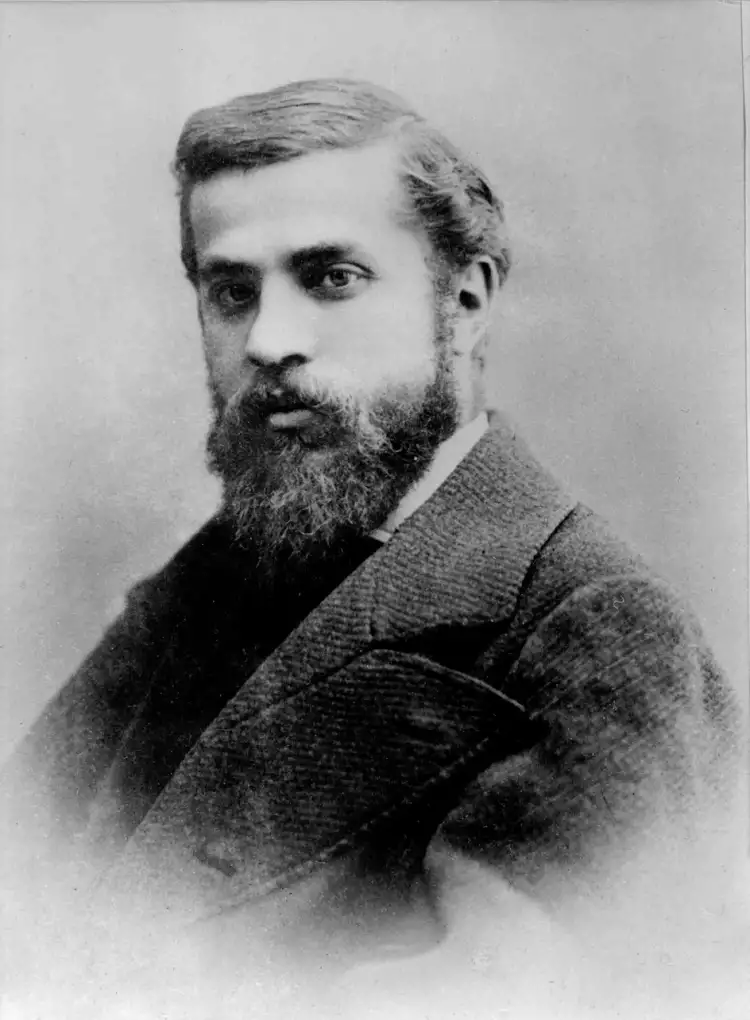 The 10 most famous architects. Portrait of Antoni Gaudi, 1878
The 10 most famous architects. Portrait of Antoni Gaudi, 1878
Gaudí created a new architectural language that far surpassed his time and brought him worldwide fame. His most famous masterpiece, the Sagrada Família, has been under construction for almost 140 years, funded by the donations of parishioners.
Frank Lloyd Wright
This American master became the most influential architect in the country by the beginning of the 20th century, despite lacking a formal architectural education. He was a brilliant innovator in architecture and always believed that buildings created by humans should be an integral part of the surrounding nature, rather than standing out against it.
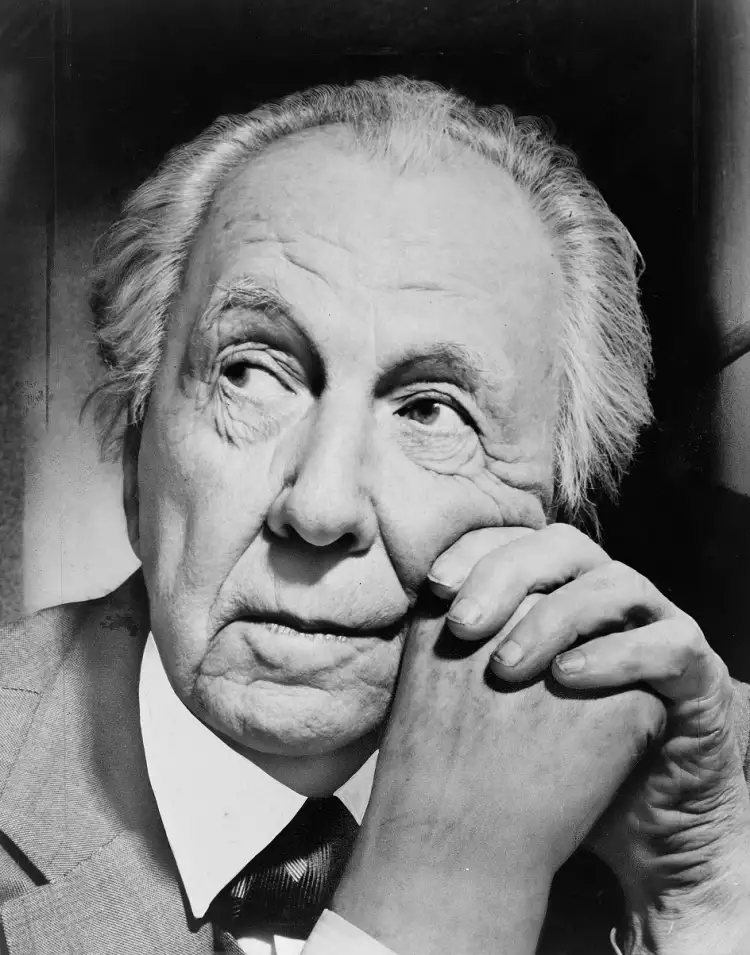 The 10 most famous architects. Portrait of Frank Lloyd Wright, 1954
The 10 most famous architects. Portrait of Frank Lloyd Wright, 1954
Wright gained widespread recognition through his Prairie Houses, created within the framework of organic architecture principles. The luxurious rural estate he designed, known as Fallingwater, is considered the greatest masterpiece of American architecture of all time.
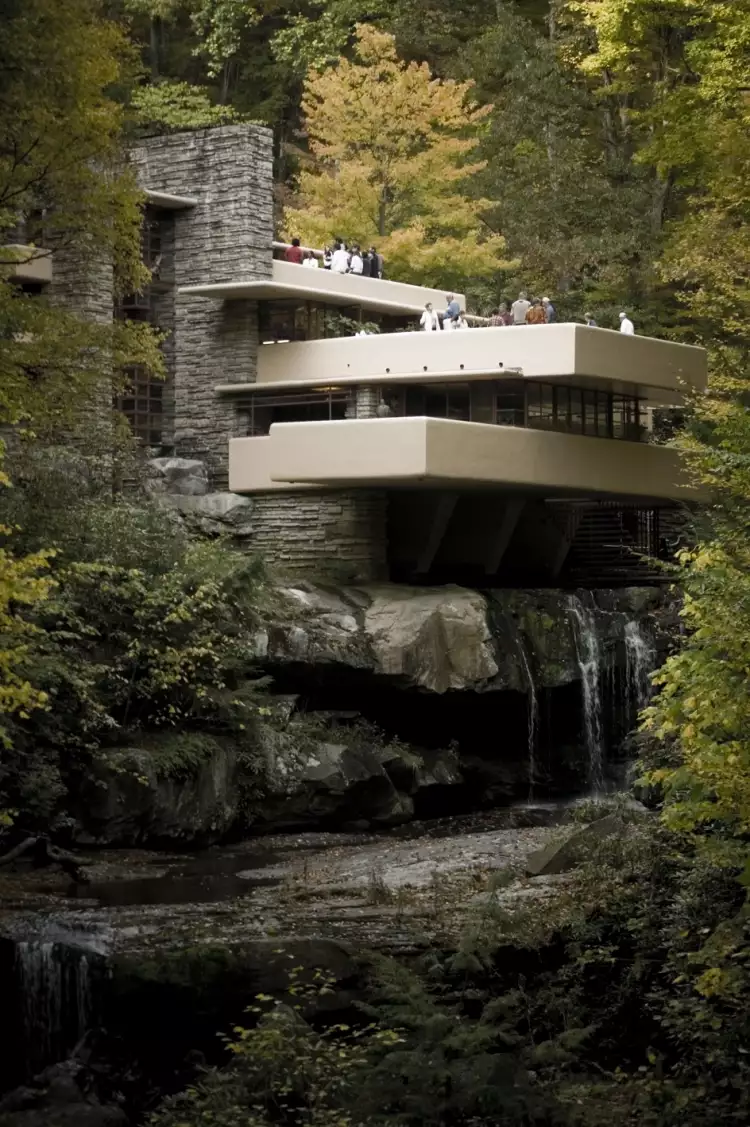 The 10 most famous architects. Frank Lloyd Wright. Fallingwater, 1936-1939
The 10 most famous architects. Frank Lloyd Wright. Fallingwater, 1936-1939
Ludwig Mies van der Rohe
Of German origin, Ludwig Mies van der Rohe left Germany in 1938 and achieved broad recognition after moving to the United States. Early in his career, he was a proponent of functionalism, but later became one of the leading masters of the International Style.
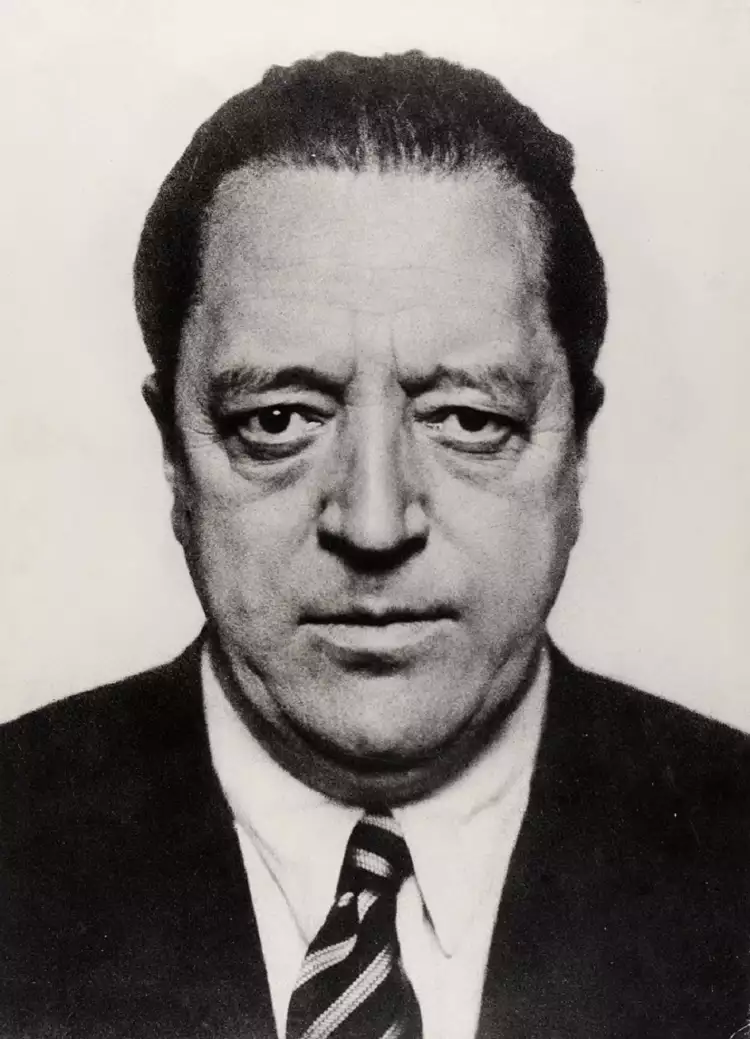 The 10 most famous architects. Portrait of Ludwig Mies van der Rohe, 1934
The 10 most famous architects. Portrait of Ludwig Mies van der Rohe, 1934
In the post-war years, Mies van der Rohe first gained fame for designing low-rise houses in rural America and later became deeply involved in the design of skyscrapers in major cities. It was he who came up with the idea of constructing residential and commercial buildings with entirely glass walls, which became the hallmark of business centers in the largest U.S. cities.
The 10 most famous architects. Ludwig Mies van der Rohe. Seagram Building, 1956-58
Norman Foster
The only Briton on our list has been leading the country's largest architectural firm, Foster + Partners, with numerous branches worldwide for over 50 years. He has always been an advocate for the extensive use of cutting-edge energy-efficient technologies in the construction of glass and concrete buildings.
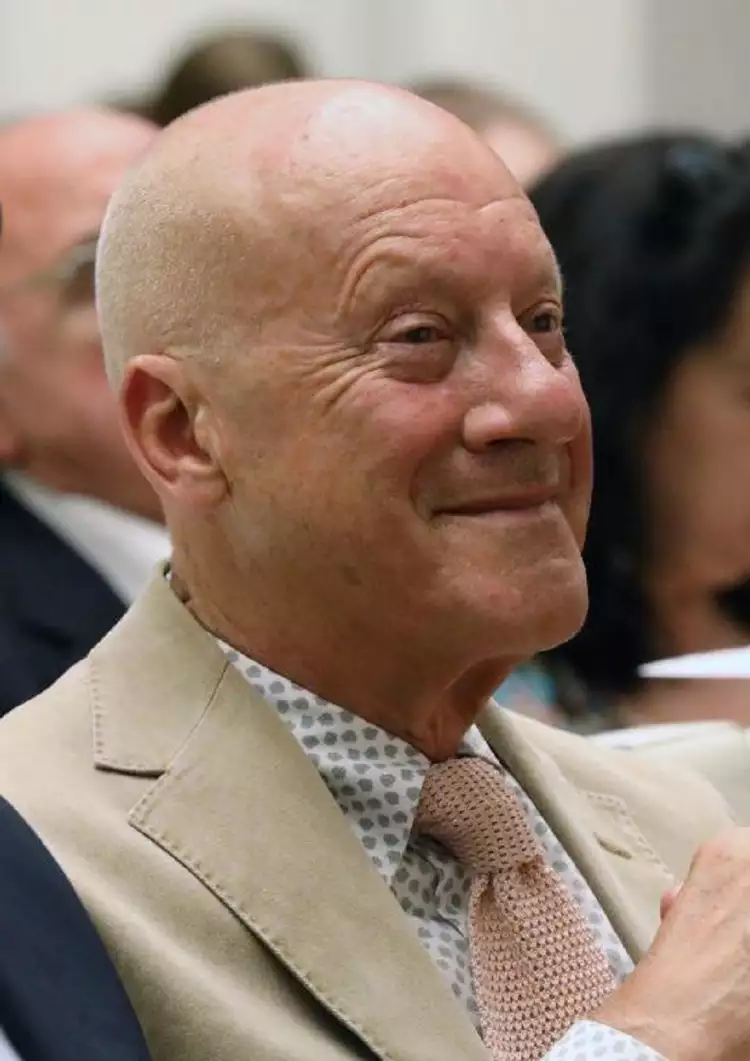 The 10 most famous architects. Portrait of Norman Foster, 2018
The 10 most famous architects. Portrait of Norman Foster, 2018
Foster readily takes on large-scale projects, whether it's an airport terminal, a multi-story commercial building, or a modern stadium. He designed and built the world's tallest bridge, the Millau Viaduct, as well as the famous skyscraper, "The Gherkin," in the heart of London.
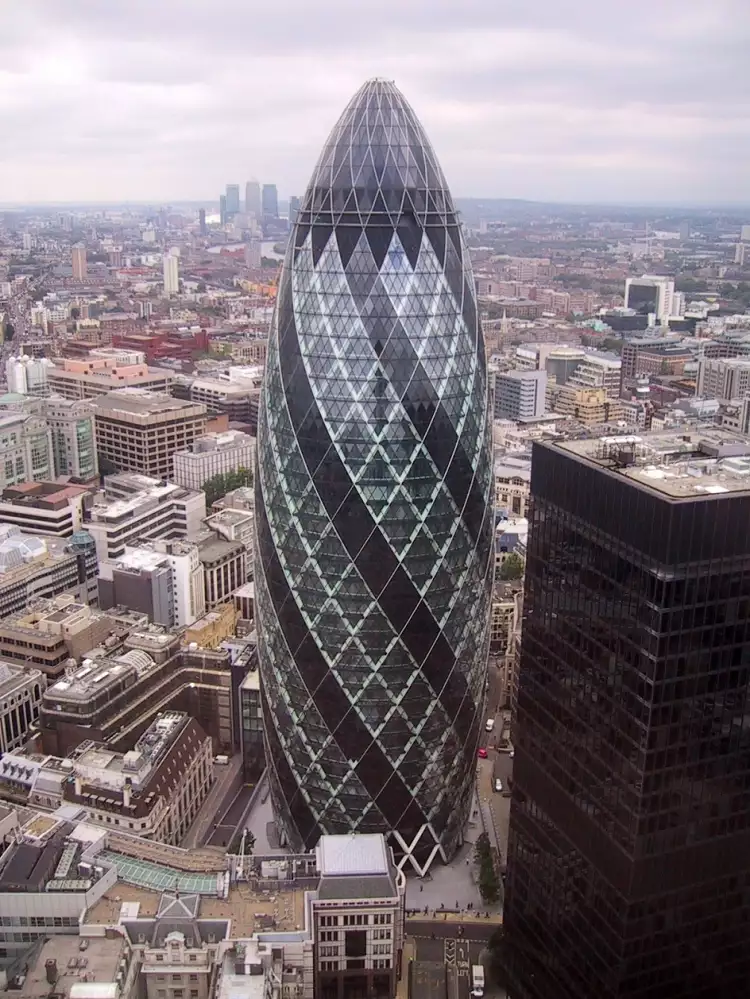 The 10 most famous architects. Norman Foster. St Mary Axe (The Gherkin), 2001-2004
The 10 most famous architects. Norman Foster. St Mary Axe (The Gherkin), 2001-2004
Toyo Ito
The Japanese master of postmodernism gained fame for creating buildings with unique interactive properties. Thanks to the use of state-of-the-art lighting systems, his buildings look highly impressive and presentable at night.
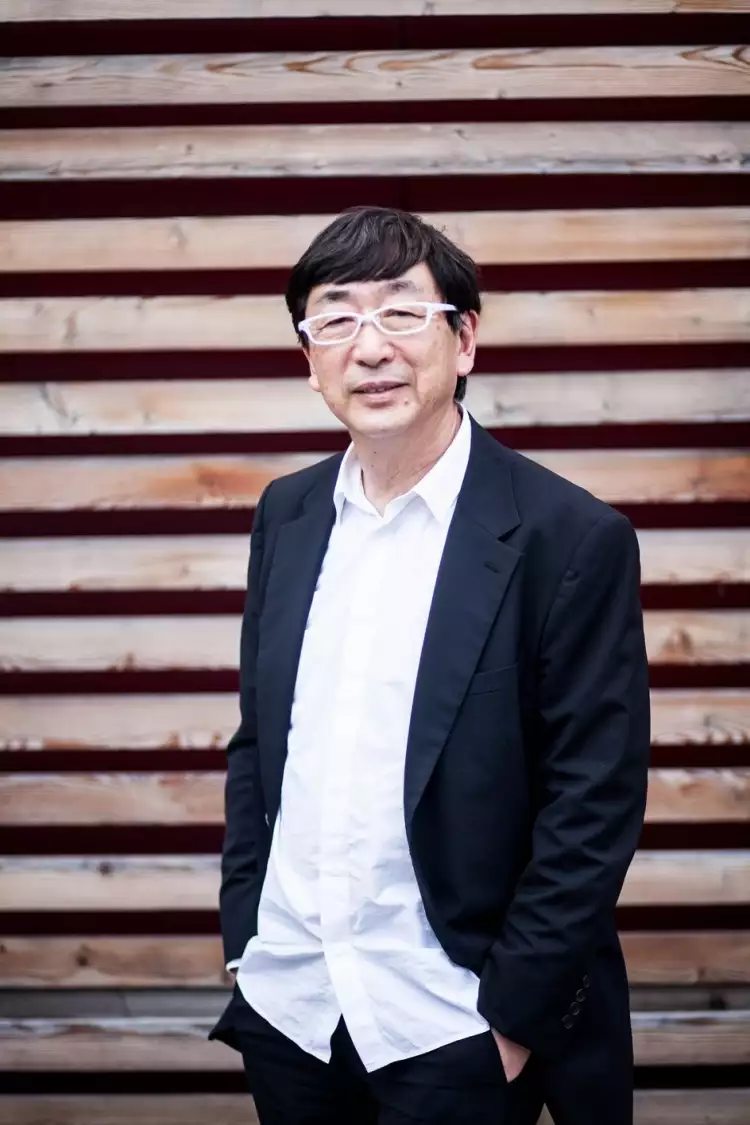 The 10 most famous architects. Portrait of Toyo Ito, 2009
The 10 most famous architects. Portrait of Toyo Ito, 2009
In his projects, Ito skillfully combines elements of the real and virtual worlds. His futuristic masterpieces embody the popular theory of a simulated city of the future, in which the private and public lives of each individual harmoniously intertwine.
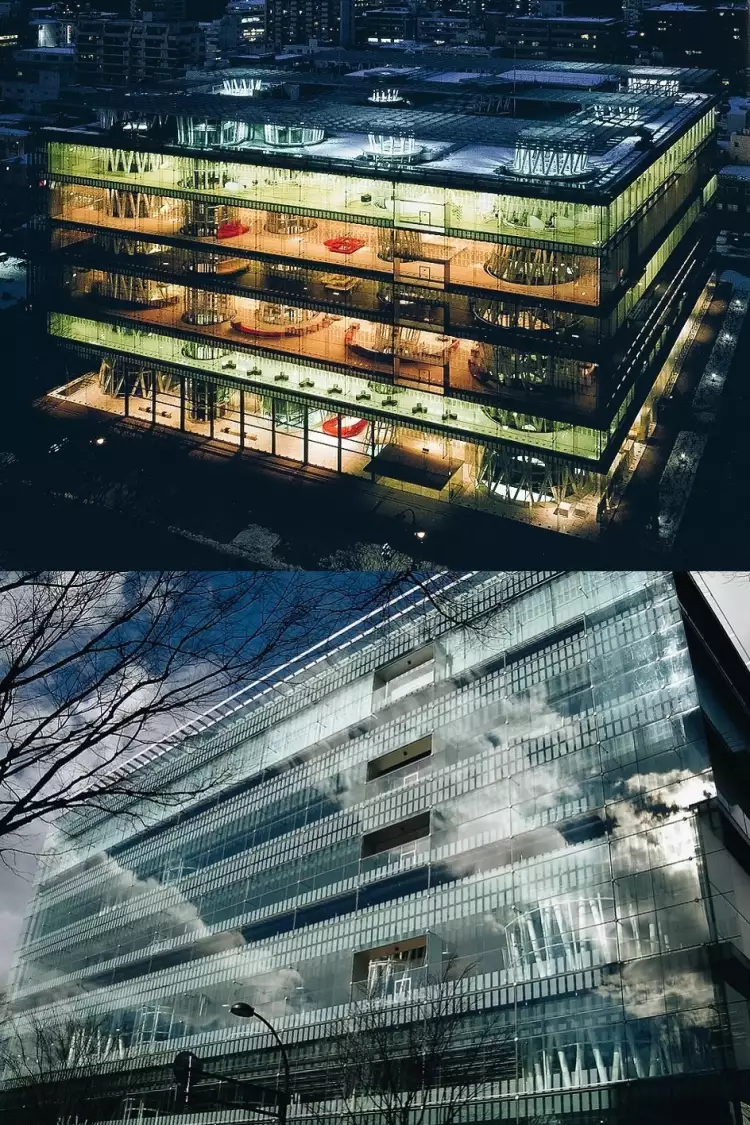 The 10 most famous architects. Toyo Ito. Media Library in Sendai by Night and Day, Japan, 2016
The 10 most famous architects. Toyo Ito. Media Library in Sendai by Night and Day, Japan, 2016
Zaha Hadid
The only woman on our list achieved international recognition at the end of the last century through innovative projects in the deconstructivist style. In her works, she boldly used distorted perspective to deform architectural space.
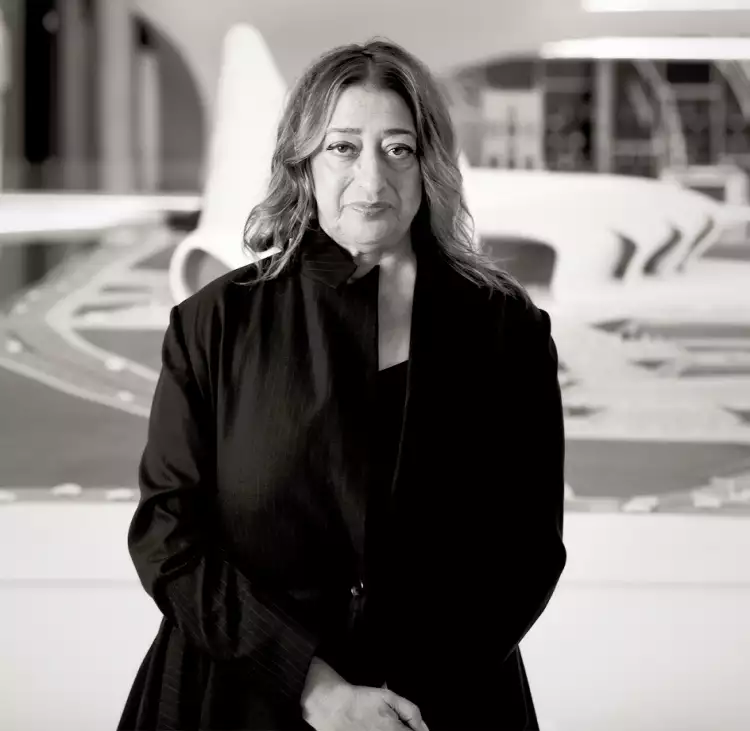 The 10 most famous architects. Portrait of Zaha Hadid, 2013
The 10 most famous architects. Portrait of Zaha Hadid, 2013
Unfortunately, Zaha left this world back in 2016, but many of her projects continue to be built around the world, including the luxurious Al-Wakrah Stadium in Qatar, which will soon host matches of the FIFA World Cup. The Heydar Aliyev Cultural Center, created by Hadid, is rightfully considered a symbol of modern Baku.
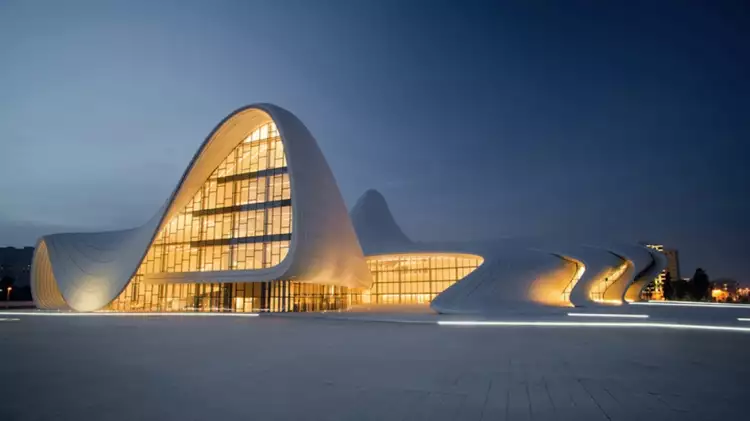 The 10 most famous architects. Zaha Hadid. Heydar Aliyev Center, 2007-2012
The 10 most famous architects. Zaha Hadid. Heydar Aliyev Center, 2007-2012
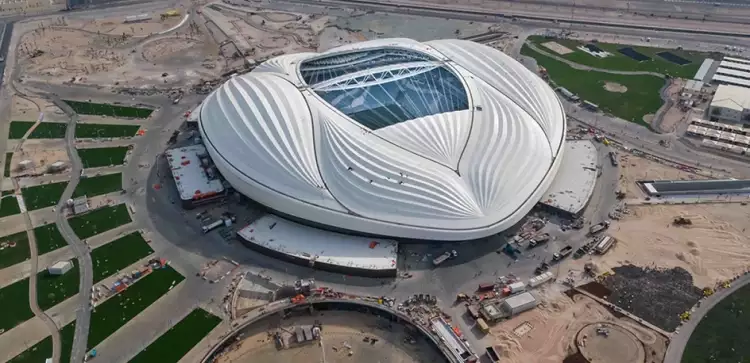 The 10 most famous architects. Zaha Hadid. Al-Wakrah SC Stadium, 2019
The 10 most famous architects. Zaha Hadid. Al-Wakrah SC Stadium, 2019
Santiago Calatrava
Of Spanish origin, Calatrava has been living in Switzerland since the mid-70s of the last century, and his realized projects can be found all over the world. Santiago is one of the most authoritative masters of the bio-tech architectural style, in which forms from the natural world are widely used.
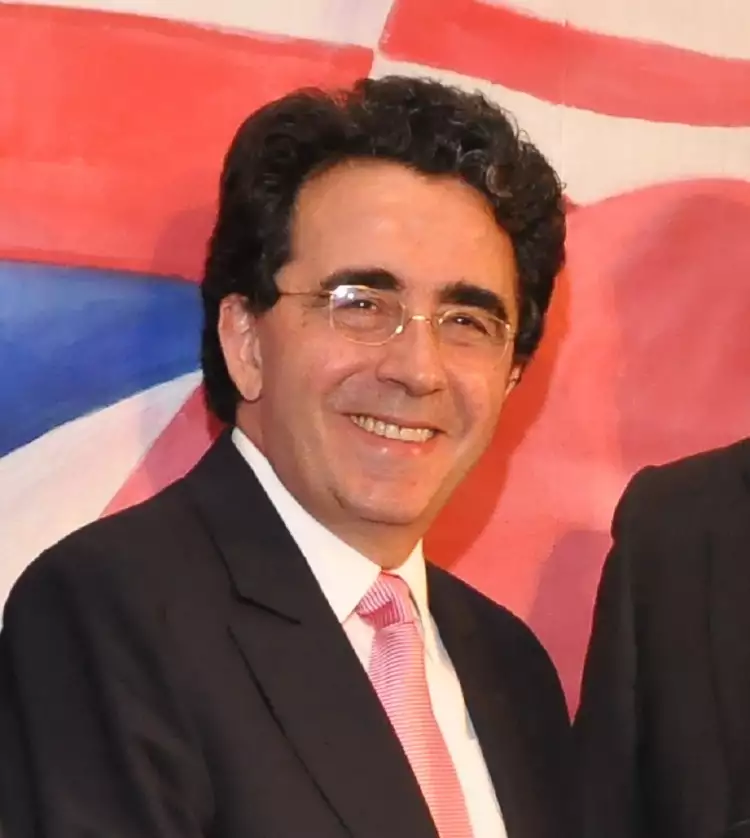 The 10 most famous architects. Portrait of Santiago Calatrava, 2010
The 10 most famous architects. Portrait of Santiago Calatrava, 2010
In addition to numerous high-rise buildings, Calatrava has designed dozens of original bridges, several ultra-modern railway stations, and huge exhibition pavilions. And his futuristic constructions leave an indelible impression on millions of people in different corners of the Earth.
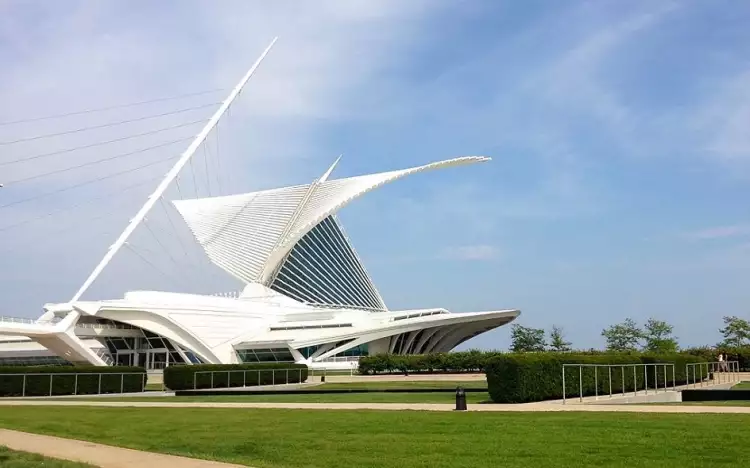 The 10 most famous architects. Santiago Calatrava. Milwaukee Art Museum, 2001
The 10 most famous architects. Santiago Calatrava. Milwaukee Art Museum, 2001
The 10 most famous architects in the history of humanity were very different individuals, but they all had a sincere love for their craft. And their unique projects, brought to life by these architectural masters, will forever remain great masterpieces of world art.
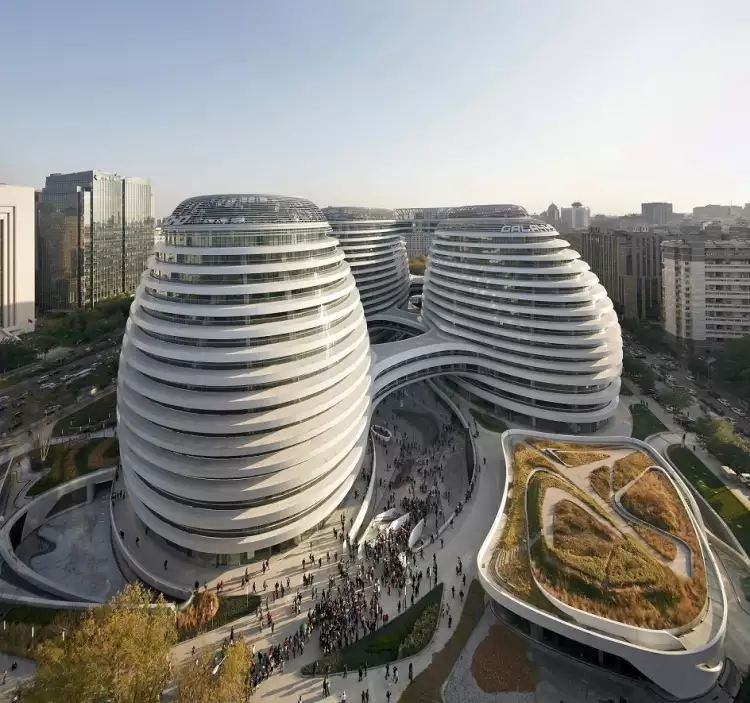
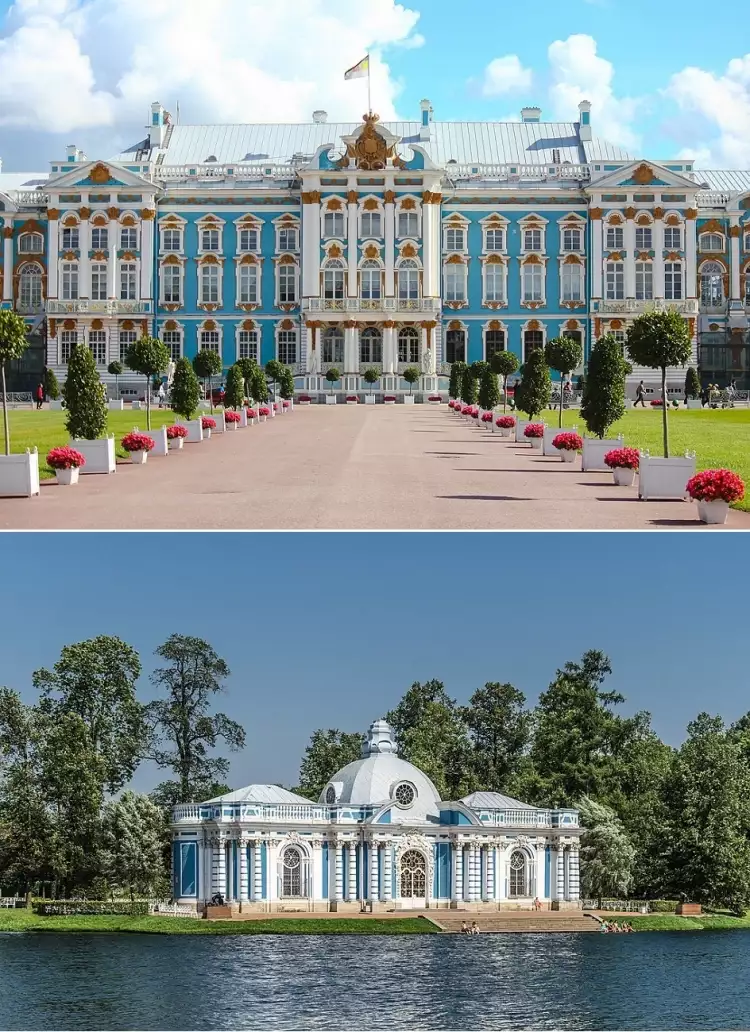

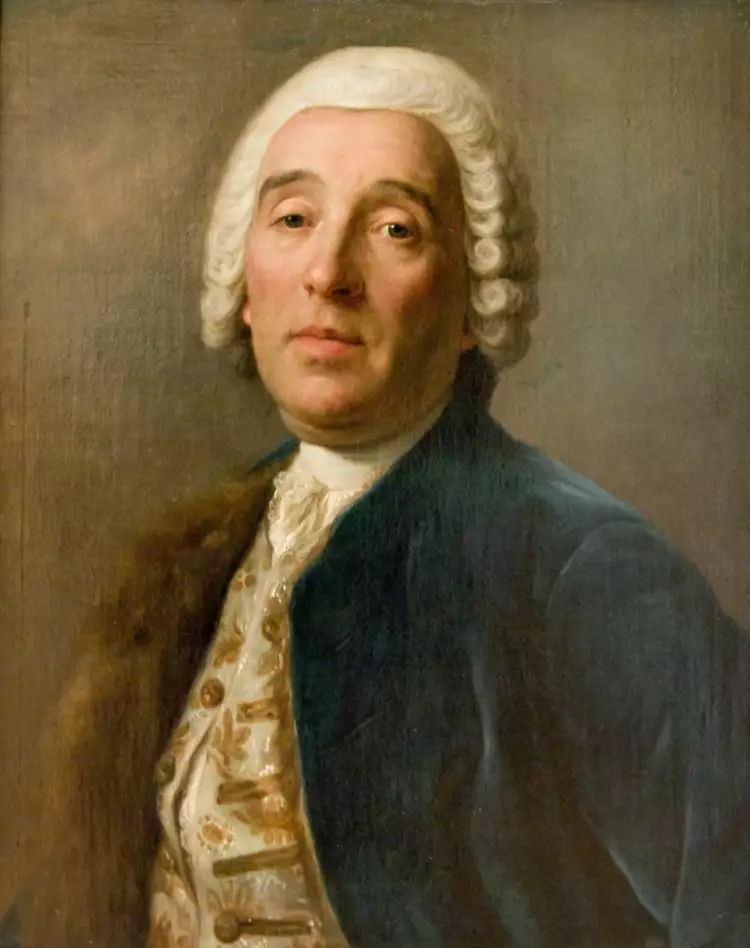
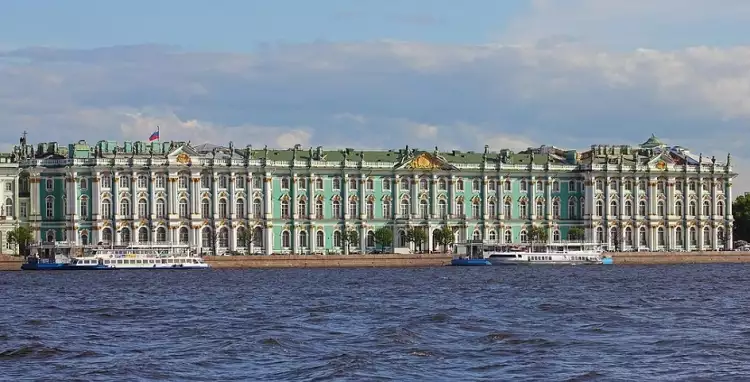
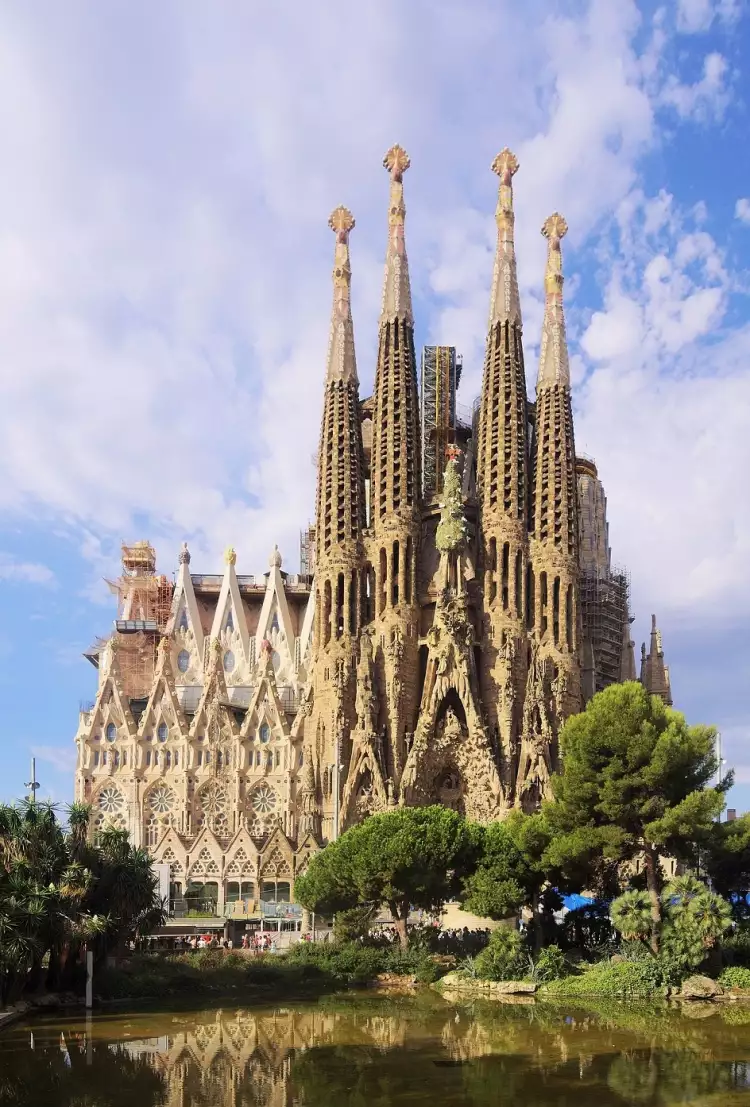
 Live Fine and Applied Аrt Auction No.8 of the Antiqon trading platform
Live Fine and Applied Аrt Auction No.8 of the Antiqon trading platform 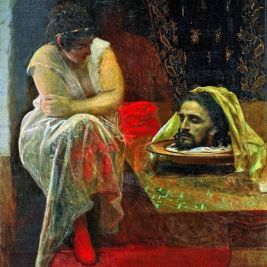 The painting "Herodias" by Ivan Nikolaevich Kramskoi is a moment of terrifying realization instead of the triumph of victory over the enemy
The painting "Herodias" by Ivan Nikolaevich Kramskoi is a moment of terrifying realization instead of the triumph of victory over the enemy  Pastel - a technique with unique possibilities in painting and graphics: types, history, artists
Pastel - a technique with unique possibilities in painting and graphics: types, history, artists 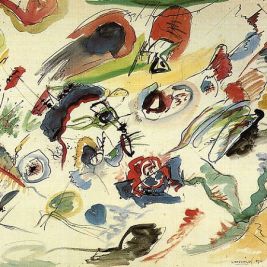 Abstractionism: an inverted painting as a precursor to a new style
Abstractionism: an inverted painting as a precursor to a new style  Antique arms and armour from all over the world
Antique arms and armour from all over the world 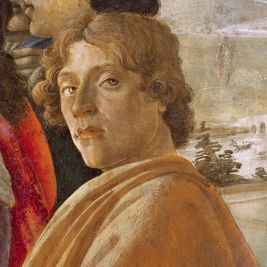 Sandro Botticelli: Biography, Artistic Career, and the Best Paintings of the Artist
Sandro Botticelli: Biography, Artistic Career, and the Best Paintings of the Artist 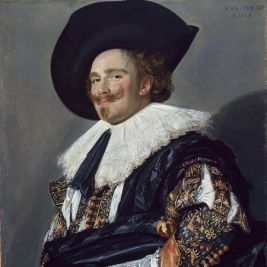 Portrait - a genre of painting: essence, types, history of the genre, famous portraits and portrait artists
Portrait - a genre of painting: essence, types, history of the genre, famous portraits and portrait artists  Giovanni Guida is an Italian artist-innovator and master of grattage
Giovanni Guida is an Italian artist-innovator and master of grattage  French Artists of the 18th Century
French Artists of the 18th Century 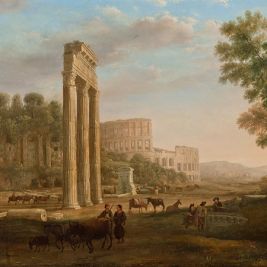 The most famous representatives of French classicism in painting
The most famous representatives of French classicism in painting